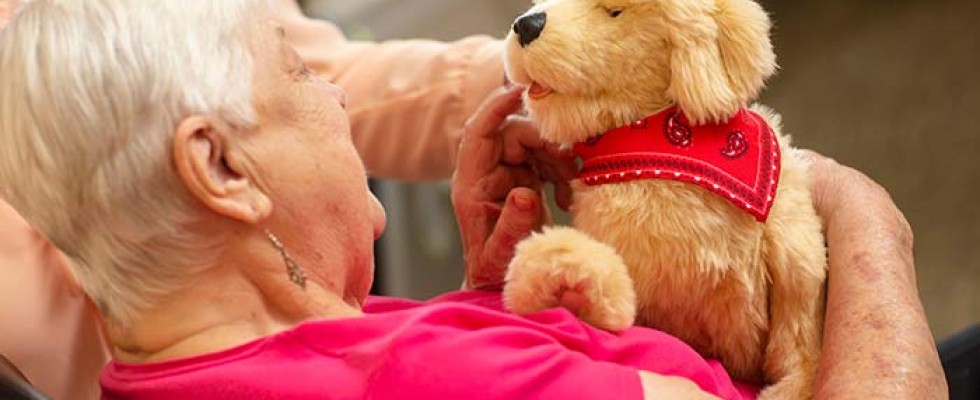
As health care costs for a growing population of older adults continue to skyrocket, the opportunity to address patient needs has become saturated with expensive solutions, from pharmaceuticals to products to services. What if something simpler could actually help aging loved ones? What if it were as easy as a prescription for play? As health care providers grapple with social isolation and loneliness or cognitive decline like Alzheimer’s and other forms of dementia, could the power of play become a new model of care that not only addresses emerging health care challenges, but also stimulates older adults’ well-being and leads them to live a fulfilling, fun and joyful life? These questions ultimately led to the development of the line of Joy for All Companion Pets in 2015 (then part of Hasbro, and acquired independently as Ageless Innovation in 2018). The company conducted immersive market research, tapped into personal experiences with aging loved ones, and dug deep to create a product that would have a big impact while also reducing the cost of care for families and caregivers.
An Epidemic of Loneliness
The Pew Research Center recently conducted studies that prove that, on average, older adults spend more than half of their waking hours alone. Loneliness and social isolation have become an epidemic impacting so many: Up to 40% of Americans over age 45 suffer from chronic loneliness. People who are experiencing social isolation and loneliness are more likely to report having poor physical and/or mental health; they show links to serious health problems such as chronic lung disease, arthritis, impaired mobility, high blood pressure and depression; and their chance of premature death increases by 14%. With such jarring statistics, it’s clear seniors are in need of companionship. Because friends and family are often far away, Ageless Innovation looked to animatronics, robotics and design to help on the mission to enhance the quality of life of older adults and their families. To meet the unique needs of seniors, it was important to explore the products and features that would excite and engage them. Older adults wanted interactive, two-way companionship—meaning pets that could give love and receive it—and that influenced the design of the Joy for All Companion Pets. Built-in sensors allow the Companion Pets to respond to human presence and touch and to react to their environment. Products like the companion pets work in tandem with caregivers to provide comfort through an experience that replicates real pet ownership, since many seniors are unable to responsibly care for a living animal. And the animatronic animals allow caregivers to focus more on patients’ needs. “We often considered pet therapy with volunteers using real pets, but not only was there concern for how our patients would interact with a live pet—the visit would be temporary and periodic,” said John G. Beard, president of Alacare Home Health and Hospice, who used Joy for All Companion Pets within his community and published a study of their affect on hospice dementia patients. “When I found the robotic pets, I knew this could be a way of offering a soothing companion for some of our patients experiencing loneliness, depression or anxiety.”
